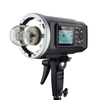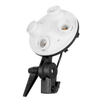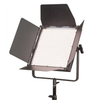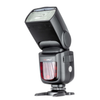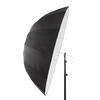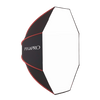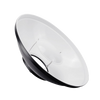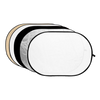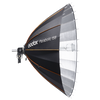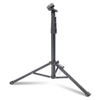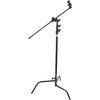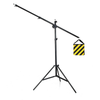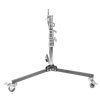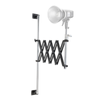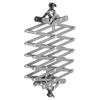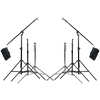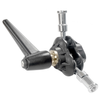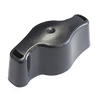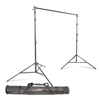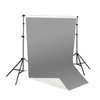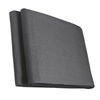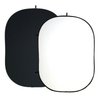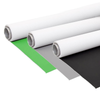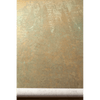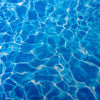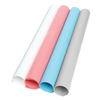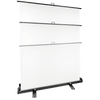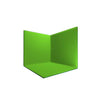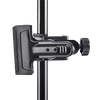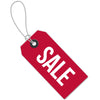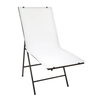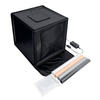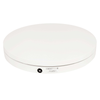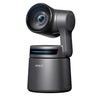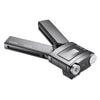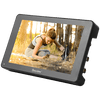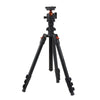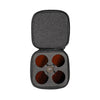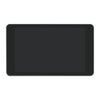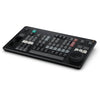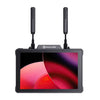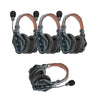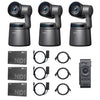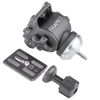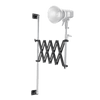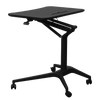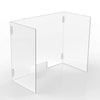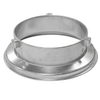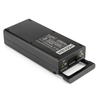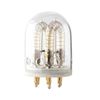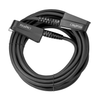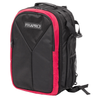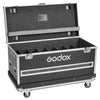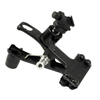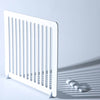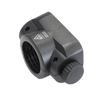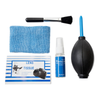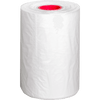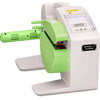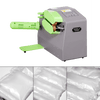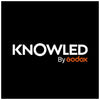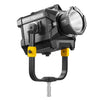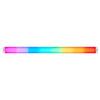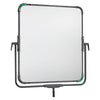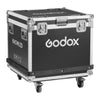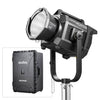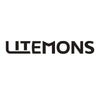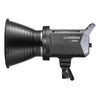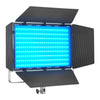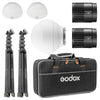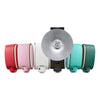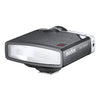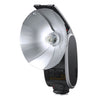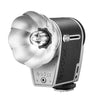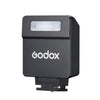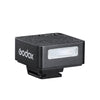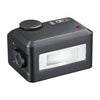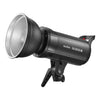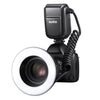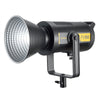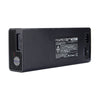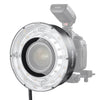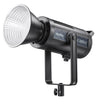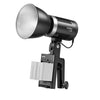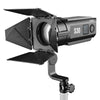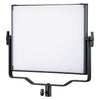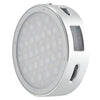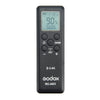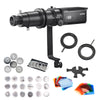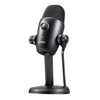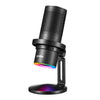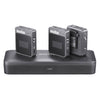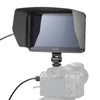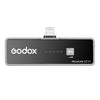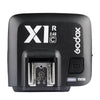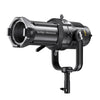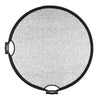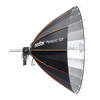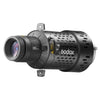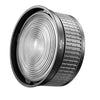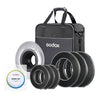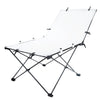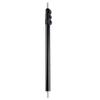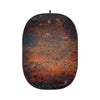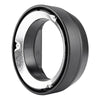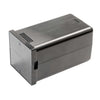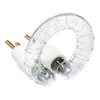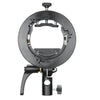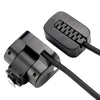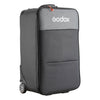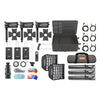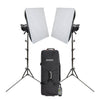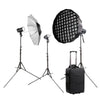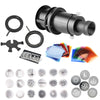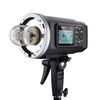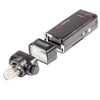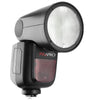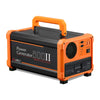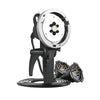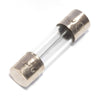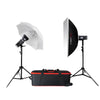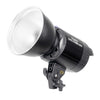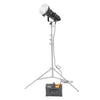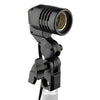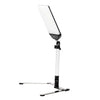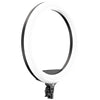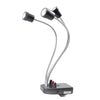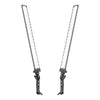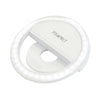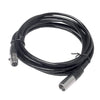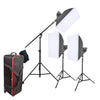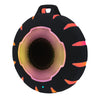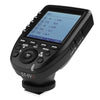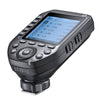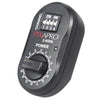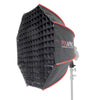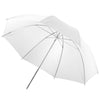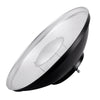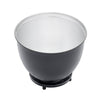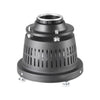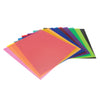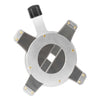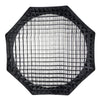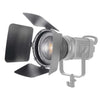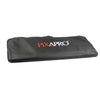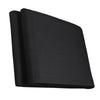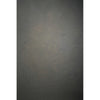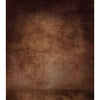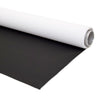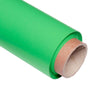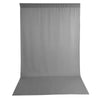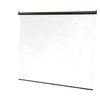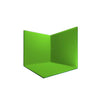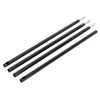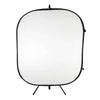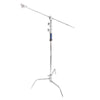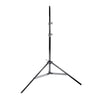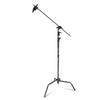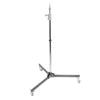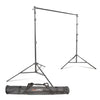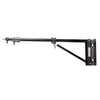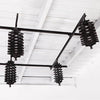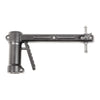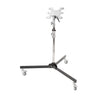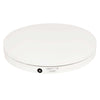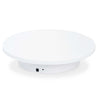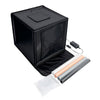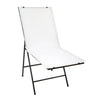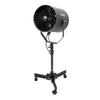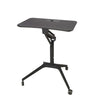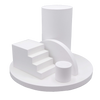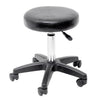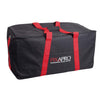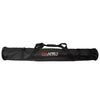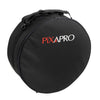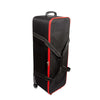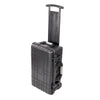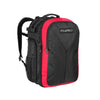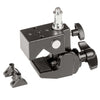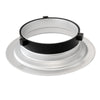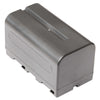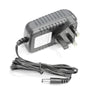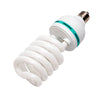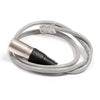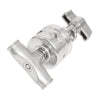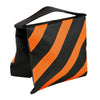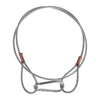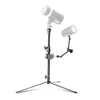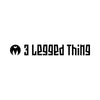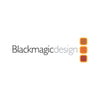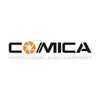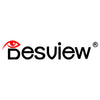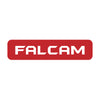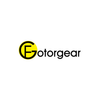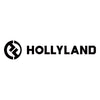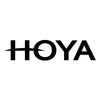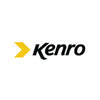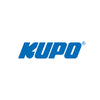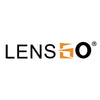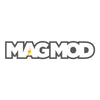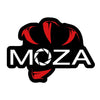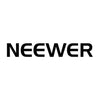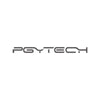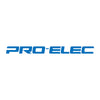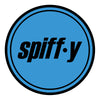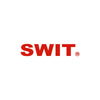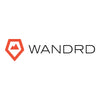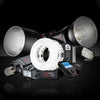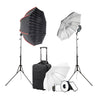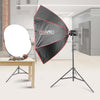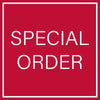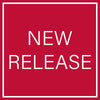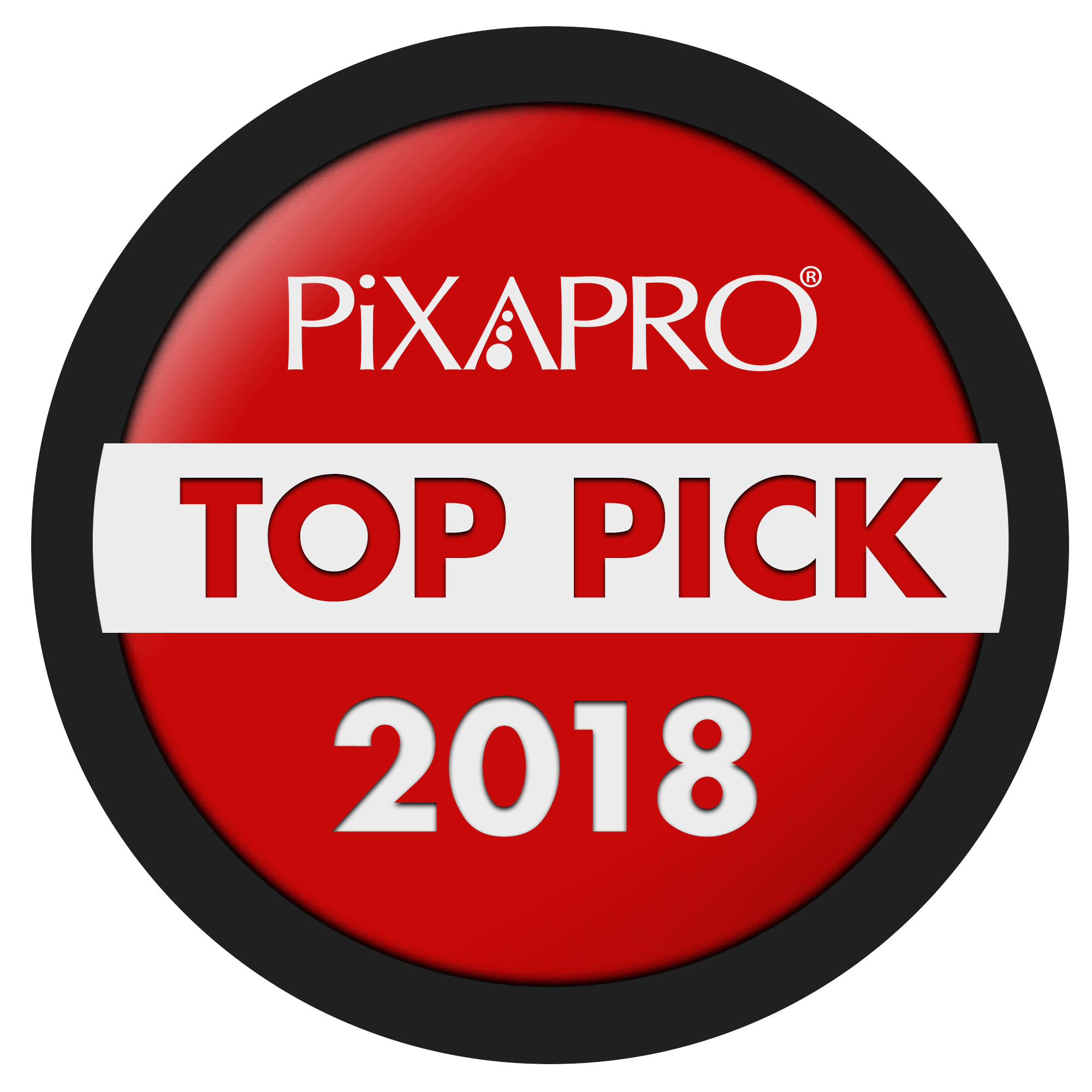Choosing LED Lighting
If you're looking to shoot photography or video with continuous LED Lighting, it's good to know where to start with lights so you can pick the best options to suit both your shooting style and your theme. With such a wide variety of LED Lights available to pick from, check out our guide below to figure out which to choose.
What is LED Lighting?
LED lighting is pretty straightforward, and is a continuous light source that uses "Light Emitting Diode" technology to create efficient and low-heat lighting. LEDs are slowly becoming more commonplace within the photo and video worlds, but there are some things to keep in mind when shooting with them.
- LEDs do not work the same as flash. LEDs are based on a continuous lighting source, and therefore cannot be "triggered" like a flash will. This means you can't control your LED from your camera or on-camera transmitter, which means LED lights can't communicate with your camera either. This is why many photographers still prefer flash.
- LEDs are less powerful than Flash. Thanks to the way they work, LEDs will have a lower consistent output than flash will. The benefit of flash is that when using outdoors or in difficult ambient lighting environments, you can use the flash to overpower the light.
- LEDs use a constant draw of power. This means they're much likely to be mains-powered, and higher wattage LEDs don't last particularly long when use with batteries. This also means LEDs are better suited to indoor, studio shooting where you have access to mains power.
-
LED can be more expensive than studio mains powered flash.
Why can't I use my house lights or a lamp or something? Isn't it the same?
We hear you, but for quality lighting, it's vital that you use proper LED units. Household lighting, even LED bulbs, are limited to a maximum flicker rate of about 100Hz, or about 100fps or 1/100 shutter speed. When your camera shutter speed can easily be 1/500, or if shooting over 100fps for video, 100Hz simply isn't enough, and can leave you with uneven lighting or light banding.
Proper photo and video lighting equipment is not the same as household lighting, so not only stops this altogether (as it is designed to be flicker free!), but is also designed especially for creative uses and is adjustable and versatile for whatever your needs.
Format: COB LEDs vs Panels vs Creative Tubes
The first thing to look at with choosing your LED lights is the format they come in. COB LEDs are the closest to the standard Flash-style light, and will come in a "head" shape with the popular Bowens S-Type fitting (or sometimes Godox fitting - check in the specs!) which allows you to affix things like softboxes or beauty dishes to them to help you modify your light.
As a result of this, COB LED heads are your best option if you're looking for maximum versatility and compatibility with an existing modifier collection, and therefore are the best option if you're looking to create a similar effect to using flash/strobe heads.
 |
 |
 |
| SL100D 100w COB LED | Litemons LA150D 150w COB LED | VL300II 320W COB LED |
LED Panels come in a flat, wide rectangular shape (generally) which allows for a soft, wide spread of light. These can be very handy for things like interview shoots, and specifically for on-location shooting thanks to their portability and often lightweight construction.
The shape of LED Panels can limit you in the way of modification flexibility due to different panel dimensions making a standard fitting unfeasible, but many panels do come with the option to use or purchase diffusion covers or barndoors to help soften the light or to shape it slightly.
 |
 |
 |
| LECO300B II 30W LED Panel | GLOWPAD450S 75w Circular Panel | FL60 Flexible LED Mat Panel |
Light Tubes and mini LEDs, in comparison, are your best option for practical lighting, for things such as light painting, lighting that you want to keep in-frame, or for hidden lighting options such as on set for a video shoot where you want to add depth or a specific effect. These can be anything from LED sticks, wands, creative bulbs, and small round palm-sized lights that you can stick or hide somewhere, and so are most commonly found to be RGB models (See below). These kinds of lights are often more affordable and lower output than panels or heads as they're rarely, if ever, used as the main "key light" in a setup.
 |
 |
 |
| LC500 Handheld LED Stick/Wand Light | KNOWLED C7R E27 Creative LED Bulbs | LITEMONS C30R 30W Pocket-Sized LED |
Colour Temperature
LED lighting will also come in three different colour options. These are Daylight Balanced, Bi-Colour, and RGB.
Daylight Balanced vs Bi-Colour Temperatures
LC30D (left) with a 5600K temperature. LC30Bi (right) with a lower temperature of about 3200K.
 |
 |
Daylight Balanced lights will usually be indicated by a "D" in the model name, and have a fixed, non-adjustable colour temperature of around 5600K. That's Kelvin, the measurement commonly used for heat temperature, and also the measurement for colour temperature for light. You can find this rating on household bulbs too. Most flash heads are daylight balanced and will sit at around a 5600K +/- 200K average.
Find out more about Kelvin here > What is Kelvin? Understanding Colour Temperatures
The 5600K measurement corresponds the closest to the natural colour of daylight aka sunshine. This makes it the most natural-looking light colour, and will seem the most "normal" to most viewers, whether you're shooting outdoors and overpowering sunlight for consistency, or creating fake sunlight indoors. Daylight balanced is generally best for things like interview shoots, product photography, and headshot portraiture.
 |
 |
 |
| Litemons LC30D Compact Daylight-Balanced LED | SL60IID Daylight 60w COB LED Light | VNIX1500S 90W Daylight Balanced LED Panel |
Bi-Colour lights will be indicated by a "Bi" in the model name, and generally have a colour temperature range between 3200-6500K, unless you're going for a more high-end, professional light which may offer more range.
This allows you to select between a wide range of colour temperatures, from colder, blue/white hues, and warmer orange/yellow hues. This is handy for colour correcting in-camera and minimalising post-production colour grading workloads. Bi-Colour lights are useful for creative projects such as film production as they can allow for colour temperature adjustments to create specific moods on-set.
 |
 |
 |
| ML30Bi Bi-Colour Godox Fitting 60w COB LED | P260C Pro Bi-Colour LED Panel | Litemons LC30Bi 38W Bi-Colour Mini LED |
RGB lights will generally have an "R" in the name, and, as the name suggests, give you the option to adjust your light within the Red, Green and Blue colour spectrum! Lots of RGB lights also have the capability to produce Bi-Colour temperatures as well, and these are generally called RGBW or RGBWW lights.
Find out more > RGB vs RGBW vs RGBWW: What's the Difference?
RGB lights have an expanded colour temperature range of around 1,800K - 10,000K depending on the model, and can create a huge range of colours with varying saturation/intensity and brightness, completely negating the need for plastic gels. RGB, therefore, is best for creative uses such as highly stylised video or photo shoots, or for practical on-set uses.
 |
 |
 |
| LDX50R 65W RGBWW Panel | Litemons LA300R 300w LED COB Light | TL60 60w LED RGB Light Tube |
But I'm looking for...
Maximum Portability
If you're looking for an LED that is ultra-portable and can easily be put in your pocket or kit bag, these are your bed options. These lights use a range of mounting options including a direct-to-spigot 1/4in screw connection for mounting straight to a normal or mini light stand. These are great for shooting on the go, or hiding in the back of your shot.
 |
 |
 |
| KNOWLED C5R Pocket-Sized Creative RGBWW Panel | ML60II Bi 60W Compact LED | RS60Bi Bi-Colour Super Compact Spotlight LED |
High Output LEDs
While most of our stocked LED lights are around or up to approximately 300w for heads and 150w for panels, we do stock higher ranger and higher output LEDs if you need them. Designed for the professional market, the Godox KNOWLED collection is an LED and accessory range that produces high standards of colour accuracy and construction, and has features aimed towards making gaffers' lives easier.
If you're looking for super powerful lighting for larger-scale productions, this is the collection for you, with everything from compact lights (see above) to 200w-2400w+ COB lights, Panels, and RGB Tubes! Here are some of our powerful LED options from the KNOWLED Range.
 |
 |
 |
| KNOWLED MG2400Bi K1 Bi-Colour COB LED | KNOWLED F600Bi 4'X4' IP65 Flexi Panel | KNOWLED M1000R IP54 RGBWW COB LED |
Still after recommendations? Get in touch with our support team via email or LiveChat for further assistance and tailored advice.

